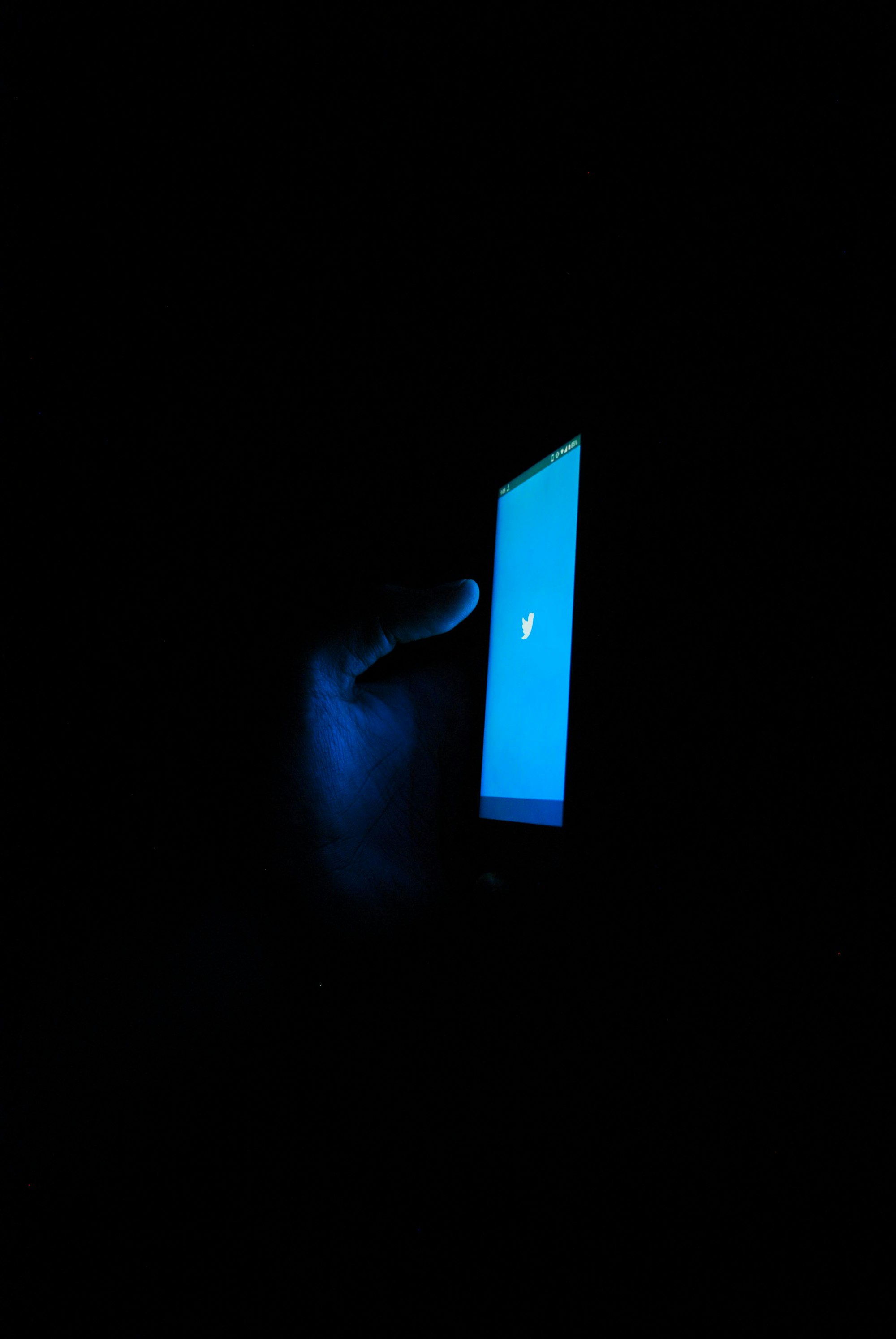In 2020, we live in smarthouses that were only portrayed as a futuristic dream in movies. From smart kitchens to devices that act as a helping hand to us, such as “Alexa” and “Siri”, our daily lives are slowly but surely being dominated by interconnected devices that communicate with us and amongst each other. Such devices are what make up the world of Internet of Things, or rather referred to as IoT.

IoT is “a system of interrelated computing devices, mechanical and digital machines, objects, animals or people” making up the “concept of basically connecting any device with an on and off switch to the internet”. By connecting to each other, these devices collect data from our daily lives, and communicate in order to serve the user’s needs and make life easier under the ideal concept of a“smart home”. Such devices are not just connected to those found in homes, however, as self-driving cars such as those being produced by Tesla are also part of the huge IoT network.
The idea of an IoT-driven life stems from our unlimited desire to use the golden age of technology in order to make things cheaper and more cost and time efficient. After all, having a smartphone that tracks your bodily functions, and alerts the devices at home in order to welcome you to a home that is individually designed to make you feel better, most definitely portrays an ideal lifestyle.
So, how exactly does this interconnected world of devices work?
All “smart” devices are connected to each other in a “cloud”, where all data is gathered in order to “analyse it and create an action” to help someone with a particular task. These devices communicate with each other without the need for human interaction, which provides the efficiency aspect of the network. The system allows for much more contextualised and responsive interactions with devices, and enables better analysis of what information is useful and what is not, for the devices to fulfil their tasks to their maximum capacity.
Though it is ideal, there are definitely certain policy and technical-related debates being held on the safety and future of the IoT. The issues surrounding the network stem from two critical problems: the first one being its unlimited expansion in the future, and the second one being its vulnerability to hacking and cyber-attacks.
What awaits IoT in the future?
Ericsson forecasts that there will be more than 24.9 billion IoT connections by 2025. Such expansion marks the “Fourth Industrial Revolution” for most experts, however it comes with a headache. Whether the centralized cloud storage system will be able to uphold such a large chunk of data is a major point of concern, as it is expected that such expansion will inevitably slow down the communication between devices, and eventually become counter-intuitive to the network’s main goal of efficiency. This makes scalability one of the most critical and primary problems of IoT. For the network to work perfectly, all devices must work together and be integrated with others while maintaining secure communication. If such communication between devices slows down and starts glitching, the utopian idea of a “smart” home will no longer be a reality of the future.
The second issue derives from the fragility of the centralized system that the “cloud” supports. All communications and data collections are operated from one single system, which, if hacked, can bring down a whole network of devices. Even worse, the vulnerability of the system makes the network open to cyber-attacks, and puts billions of personal data at risk. Considering that most smart-devices collect very personal data, such as your bodily functions, when you’re at home or not, your exact location and other such sensitive information, this issue of fragility is a critical concern for all users and manufacturers of IoT devices. Take the case of VTech, for example, which lost videos and pictures of toddlers recorded on the “smart” toys due to hacking a few years back. The possibility of data leakage is very high, which could result in fatal consequences for some people.
These two issues have opened up the debate on IoT’s technical and policy related aspects. It is without a doubt that there needs to be a reform on how the network functions from various angles, most importantly the issues above. This is where blockchain can help.
“Blockchain meets IoT”
The problems that IoT comes with all stem from its centralised nature, as the brokered communication model and the cloud server system do not provide a stable ecosystem for the fast-growing chain of networks. If Ericsson’s, and many other experts', forecasts are right, the centralised system will not be able to respond to IoT’s growing security and infrastructure needs in the future. Distributing IoT networks could help in various ways, as not only will it allow for the handling of enormous volumes of data, it will also benefit the network thanks to blockchain’s untamperable nature. Blockchain’s inherently distributed design can be beneficial in this case.
Such distribution of the IoT network could help store more data without facing the problem of loss of speed or efficiency. This is due to the basic nature of blockchain, as information will be stored across countless devices worldwide, instead of creating a “bottleneck” in the centralised system. Not only can this reduce the astronomical costs that are associated with installing and maintaining large centralised data centers, but it will also save space and even possibly cut down transfer times. Compared to the network system that is in use now, a system based on blockchain will allow for fast-growth within the network and support further innovation, as it tackles the storage nightmare that the network is faced with and allows for better use of space and funds.
It goes without saying that one of the main selling points of blockchain is its undoubtedly secure and untamperable nature. In summary, the basic design of the blockchain system goes like this: for there to be any transaction conducted in the system, all parties in the chain must approve of the action through the mining system to encode it into the blockchain. Afterwards, the activity that is carried out in the network becomes a block of untamperable data that connects the preceding and the sequestering actions that will be encoded in the network.
Such characteristics render blockchain the ideal solution to IoT’s troubles. The root cause of IoT’s security problems stems from its centralised storage, as all data is stored in one location. This means that all of the personal data stored in that location can be hacked with a single successful attempt, rendering the network quite fragile. “Decentralization is key”, the phrase famously associated with the rise of blockchain perfectly applies to this situation, as opting for a decentralised system rather than the centralised one in place will allow for better security and trust within the network.
This is due to the huge amount of trust that is involved in a blockchain, as participants in the network have to come to a conclusion together in order for transactions to work. It is a “consensus based shared network of devices”. As all the actions done within the network are connected to each other in the form of blocks, hence the name “blockchain”, it makes it very easy to track what went wrong where. The record can track where there is data leakage, and make it easier to see where the system might be lacking in security. For example, in the case of VTech, as mentioned before, the use of blockchain technology could have given the authorities a clue as to which participant in the chain caused the leaking of such personal data. They can track which action enabled the hacking by looking at the blocks and the transactions recorded on them. The use of smart contracts to enable communication between two smart devices will not only improve efficiency, but also add an extra layer of security to the already secure decentralised system. Since the ledger is tamper-proof, none of the data stored within it can be manipulated, which makes the system unhackable.
Not all blockchains are decentralized, however. For a blockchain network to be decentralized, it must be designed that way. The decentralization refers to the rights of the participants in the ledger. Bitcoin is an example to a decentralised network, as there needs to be proof-of-work for a block to be registered. The participants are unknown and transactions are anonymous. In a centralised blockchain, on the other hand, the identities of the participants in the network are known. This is where the fatal flaw in the blockchain and IoT discussion comes into place. In an IoT, the identities of the devices must be known for there to be efficient communication between them, hence achieving the ideal of a smoothly functioning system without human intervention. If a device that is receiving transmission does not know where it is coming from, it cannot work properly. As IoT deals with personal data, which categorises as highly sensitive data, the need for centralisation is eminent in order to provide security. Decentralisation of such services could result in vulnerability of such sensitive data. In the instance that a participant attempts to corrupt or steal it, knowing the identity of the wrongdoer will be significant for legal purposes.
Hence, though the implementation of blockchain in IoT can be practical for storage and security purposes, it can cause more harm than good when considering the novice legal issues that might be raised. The anonymity that comes with a decentralised structure is counter-intuitive to how the system functions, as the identities of the devices must be known for them to have effective communication.
What now?
There is no doubt that with the rise of blockchain, the network has been suggested as a solution to a majority of the problems that the technological world is faced with. However, it goes without saying that the implementation of blockchain into any network and/or industry definitely comes with its own troubles concerning costs and efficiency. In the case of IoT, blockchain most definitely paints a very optimistic image of what its integration might do, as it can be a considerably efficient solution to the obstacles that the network is faced with. Companies such as Bosch and Volkswagen have already expressed their belief in the integration of blockchain into IoT, and works are underway in order to examine how such an integration can be achieved in the most ideal way. As the two technologies of the future continue to grow, expand and improve, it should be kept in mind that the optimal can be achieved by their assistance to each other.
There is one major problem though. As mentioned before, blockchain is inherently distributed, but not decentralized. There is still a specific network of systems that makes the whole chain of IoT work, which could lead to new problems in the legal sector when it comes to responsibility. There are main legal concerns regarding IoT on its own, specifically in cybersecurity, Intellectual Property and Consumer Protection. If it becomes decentralised and distributed, the legal issues that await will become even more dire. Though it wasn’t a blockchain-rooted problem, we can take the case of self-driving Uber cars as an example. When Uber unveiled its self-driving cars project, the test-runs ended up in one of the cars hitting a pedestrian and killing her. One of the biggest legal concerns raised was who would be held responsible for this. The company itself? The people who coded the system? The code itself?
It would be a similar case in a blockchain integrated IoT platform. The issue of blockchain being inherently distributed but not decentralised comes into place here, as there are two systems that are in control of the whole network. Even if blockchain technology is implemented, the IoT system is not going to be running itself all on its own. It will depend on a manufacturer for certain technical systems to work, since pure decentralisation of the IoT network is counter-intuitive, as discussed above. So when something goes wrong, who do you blame? The IoT platform or the manufacturer? Let’s take the example of a smart contract. If a device takes action based on the smart contract and ends up causing harm to the person who receives the action, which one will be held responsible?
While the fact that blockchain is a distributed ledger can help when it comes to security and storage, the fact that it will more often than not need to be centralised will create legal concerns within the system. This goes to show that regardless of the hype that surrounds blockchain technology, it may not be optimal for any and all kinds of troubles in the technology industry. Blockchain’s unique design most definitely makes it an interesting opportunity, however its uniqueness also means that it comes with its own rules and problems. For now, the integration of IoT and blockchain could be considered, however the industry and the related companies must be aware of and prepared for such legal issues.
RESOURCES
● https://datafloq.com/read/securing-internet-of-things-iot-with-blockchain/2228
● Blockchain & IoT | Services | Sinergia Media Labs
● Can blockchain accelerate Internet of Things (IoT) adoption







